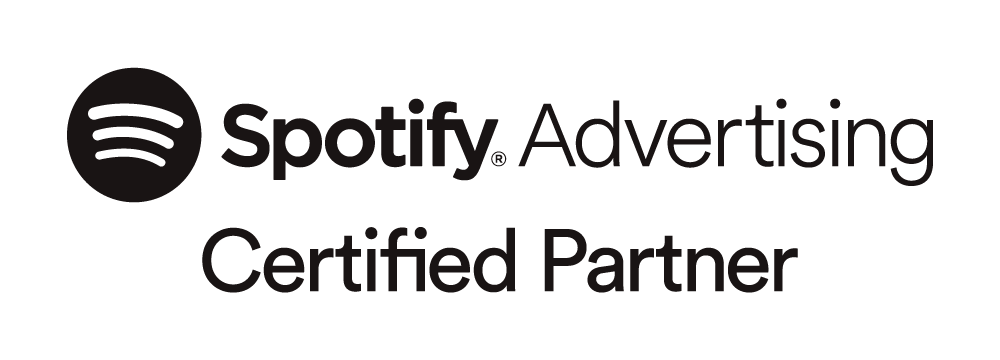
B2B companies in the U.S. – on average – are investing 6.6% of annual revenue into marketing, according to The CMO Survey, an organization dedicated to predicting the future of marketing and tracking marketing excellence. If your company is like most, your marketing spending power is focused on face-to-face interaction with customers at trade shows and conferences. However, digital and content marketing are gaining traction, and fast, now comprising more than 20% of B2B marketing budgets according to Forrester Research. And it’s no wonder why.
- Your potential customers are getting younger and younger: today 73% of Millennials are involved in B2B purchase decision-making, up from 23% in 2012, according to research from Think With Google, Google’s source for insights, trends and research in digital media and marketing.
- The way your potential customers want to learn about you has changed: 67% of your buyers’ journey is now done digitally – and they’re already 57% down the purchase path before contacting you (Sirius Decisions; Corporate Executive Board)
- B2B companies large and small are seeing success with digital: it is now the number one source for lead generation says Chief Marketer, an organization serving marketing professionals with information on measurable marketing strategies.
- Most of your local competitors (and all of your national competitors) are using digital strategies to grow their presence. If people aren’t finding solutions on your website, they’re looking somewhere else.
Digital is the delivery truck; content is the Christmas package inside. Think blog posts, infographics, eBooks, whitepapers, company news, checklists, surveys, podcasts, video, case studies, and testimonials. The Content Marketing Institute defines content marketing as “a marketing technique of creating and distributing relevant and valuable content to attract, acquire, and engage a clearly defined and understood target audience – with the objective of driving profitable customer action.” Key word: profitable. It’s not content for content’s sake; each piece should have a job to do and have a measurable ROI.
Content marketing is nothing new. Not even kind of new. By all accounts, John Deere is considered the early father of content marketing before the term was even coined. In 1895, the company came up with an idea to cleverly market its equipment through a magazine calledThe Furrow. The strategy was simple: focus on the farmer’s problems rather than on John Deere products. Not long after, companies like Michelin, Burns & McDonnell, Sears, Du Pont Manufacturing Company, General Motors, and Harley-Davidson followed suit. Current editor of The Furrow, David Jones, explains it as a portal into a brand that people feel passionately about – to the level that kids are wallpapering their rooms with John Deere’s tractors.
The Content Marketing Institute says today 9 in 10 B2B marketers are using content marketing…and it’s clear why:
- Content marketing generates 3 times as many leads as traditional outbound marketing, but costs 62% less says Demand Metric, a global marketing research & advisory firm serving senior marketers.
- 80% of B2B decision makers prefer to get company information from content vs. an advertisement, and 90% say online content influences purchasing decisions, according to a recent study by The CMO Council.
- Content creates an emotional connection, educates your prospects, positions you as the authority in your space, builds trust and credibility, develops relationships, drives traffic to your website, and helps with your SEO.
It’s no walk in the park. A recent survey of B2B companies by MarketingProfs and the Content Marketing Institute revealed the biggest content marketing challenges are producing content that’s engaging and consistent and being able to measure its effectiveness. Some do it in-house; many turn to a marketing partner who can do the heavy lifting: help you define your goals, establish specific, measurable, and achievable KPIs, map out a content calendar, strategize a distribution plan, and suggest ways to optimize it for maximum ROI.
However you decide to do it, tell stories that people enjoy reading, provide them with knowledge that they can apply in their operations, and use digital to get it in the hands of the folks you want to talk to most. If you build it, they will come.




